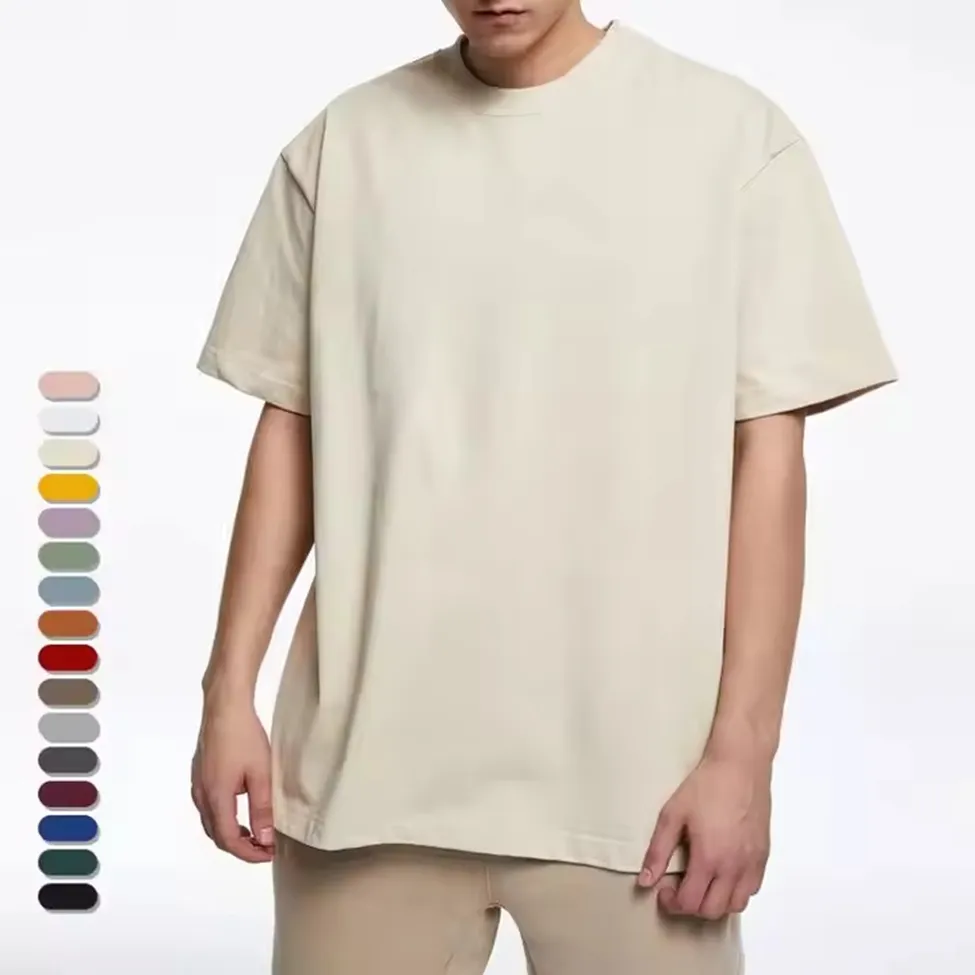Selecting the appropriate production technique is among the most critical choices you’ll make when launching or expanding a clothing brand. Cut and sew and mass manufacturing are two typical paths, each having certain benefits depending on the objectives, size, and values of your brand.
One must decide between scalability and customization. Mass production values speed, consistency, and reduced per-unit costs; cut and sew suppliers, however, lets you have complete command over design and fit. Knowing the compromises will enable you to match your production strategy with your brand’s identity, spending, and customer expectations.
Cut-and-sew craft
One approach by which clothes are created from scratch is cut and sewn. Every item is cut and stitched to your exact demands, beginning with raw cloth and patterns. This allows complete artistic freedom from material selection and fit to embellishment details and finish.
Companies putting premier positioning, distinctive appeal, or creativity initially will discover this technique to be quite suitable. If your designs are not in line with convention or if your audience values originality, workmanship, or ethical manufacturing, cutting and sewing could be the answer. It also offers more flexibility for small batches, limited collections, or odd sizing.
Cut and sew is usually more labor-intensive and expensive. Development time and sample rounds may be increased because you are not employing pre-manufactured blanks or conventional sizing. Bringing your ideas to life could call for close collaboration with pattern makers, sample sewers, and small-batch manufacturers. Emerging companies may have to make more initial investments, but possibly enjoy stronger brand differentiation and client loyalty.
Mass Production’s Charms
Mass production usually entails the large-scale production of clothing utilizing established designs or standardized patterns. Particularly when manufacturing thousands of the same pieces, many businesses choose this strategy for its efficiency, speed, and lower per-unit expenses.
Mass production may be a better fit if your aim is to sell in volume, reach a bigger market, or satisfy wholesale demand. Early on, economies of scale kick in, therefore streamlining the process. Furthermore, it is simpler to identify foreign factories that specialize in mass production and can provide constant output rapidly.
One negative of this method is that it might hamper creativity. Working inside the restrictions of existing templates or materials would make it more challenging to distinguish your product. Furthermore, difficulties in quality control might arise if you are not very engaged with your manufacturer or if they are based abroad.
Start by assessing your budget. Cut and sew usually need more money upfront due to increased labor costs and design development. However, if you are producing small batches or experimenting with the market, it may be a wise expenditure. Though less expensive per unit, mass manufacture usually calls for high minimum order numbers—something not all new companies can immediately afford.
Also, consider your client. Do they value inventiveness and storytelling? Or are they seeking simplicity and reliability? The production approach you select should match the needs and expectations of the people you are designing for.
Conclusion
Last of all, consider your brand goal. Are you trying to scale rapidly, strike major retail markets, and compete on pricing, or do you want complete creative independence and the capacity to grow slowly with integrity?
Ultimately, there is no one-size-fits-all solution. Both cut and sew and mass production can succeed; what counts most is selecting the approach that fits your brand’s mission, development level, and customer base. Weigh your priorities thoroughly so that you are better prepared to create a long-lasting brand.

